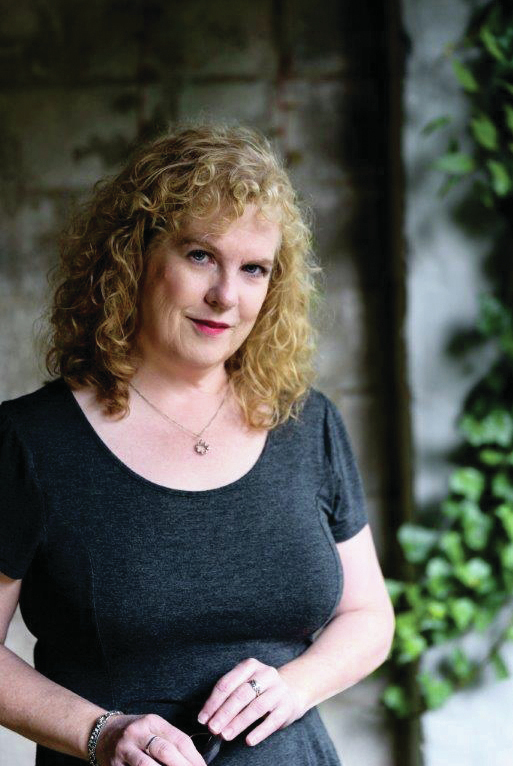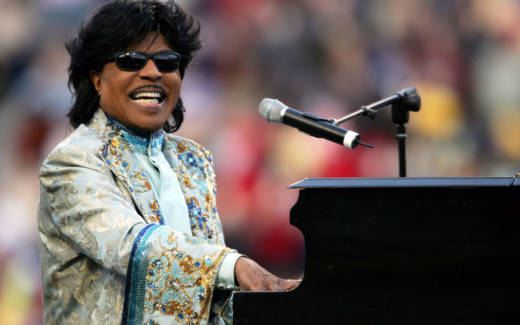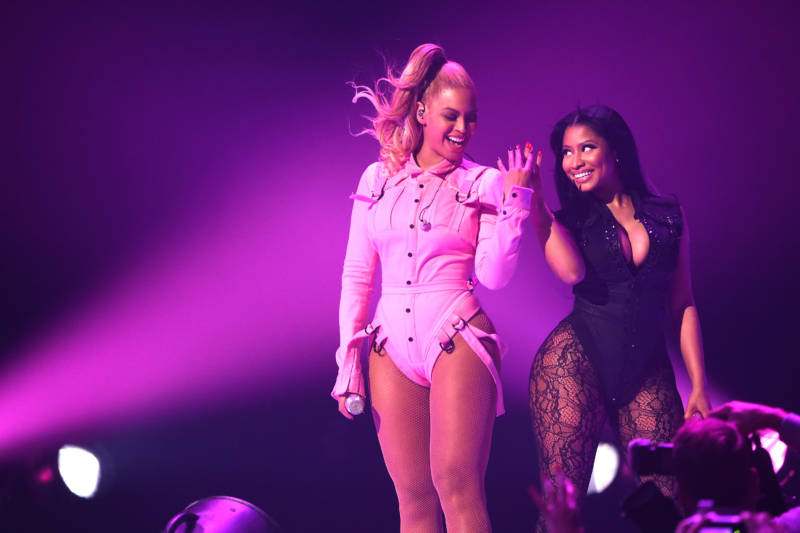In 2003, home for the summer after my first year at college, I worked at a day camp run by the City of Albany. I’m aware that today’s Bay Area kids attend astrophysics day camp and pole-vaulting day camp and second-wave feminist day camp, but in Albany in 2003 we had what was called the Friendship Club. We went bowling at Albany Bowl. We took field trips to Scandia to play Skee-Ball, and to the Jelly Belly factory, and sometimes just over to Codornices Park in Berkeley to go down the big cement slide on pieces of cardboard. We had Cheez-Its and Capri Suns. It was simple and pure and great.
One of my regular tasks on these field trips was to drive the City of Albany van. I’d make sure everybody’s seatbelt was fastened, put the key in the ignition, and turn up the volume on the only radio station we were allowed to listen to: Radio Disney, a family-friendly station aimed at the under-14 set. What this meant, in practical terms, is that I spent the summer of 2003 inadvertently learning the lyrics to “clean” versions of every pop and R&B single that had charted over the previous decade. Usually the girl campers wanted to ride with me, so often I had a van full of girls ages 6 through 12 belting out absolutely ludicrous, neutered mutilations of pop songs whose entire original point was to be overtly sexual.
I had these Disney Radio edits on the brain this week as I read Ann Powers’ excellent book, Good Booty: Love and Sex, Black and White, Body and Soul In American Music. It’s an impressively thorough look at how American popular music, sex, and race have intertwined over the past two centuries — or, rather, how our history of complicated and repressive attitudes toward sex and the painful history of racism in this country have been and continue to be audible in pretty much every pop song on the radio.
It’s an ambitious topic, one that would feel unwieldy in the hands of a less skilled writer, but it helps that Powers a) is one of our greatest living cultural critics, and b) doesn’t promise an exhaustive record. What she does offer is an impressively cohesive narrative, considering the book’s breadth: the reader is carried from New Orleans to New York to Memphis to Chicago to Detroit to San Francisco, from the early 1800s through the present, following the ways music and dance have always, in Powers’ estimation, served as the place in which Americans are most honest about the power of sexuality.

There’s the shimmy; there’s twerking; there’s unspoken eroticism in gospel. Musicians and performers themselves aren’t discussed as human beings so much as they are conduits, time capsules, tangible artifacts of The Way We Lived and how we thought about sex, gender, race, religion and politics at a given time. There’s Little Richard, Elvis, and Prince; the holy counterculture trinity of Jim, Jimi, and Janis. Beyoncé’s “Formation” gets its rightful due as a landmark work of complicated art about black Southern womanhood; it’s no coincidence that Powers kicks off the book with a chapter presenting New Orleans as the historical soul of popular music.




